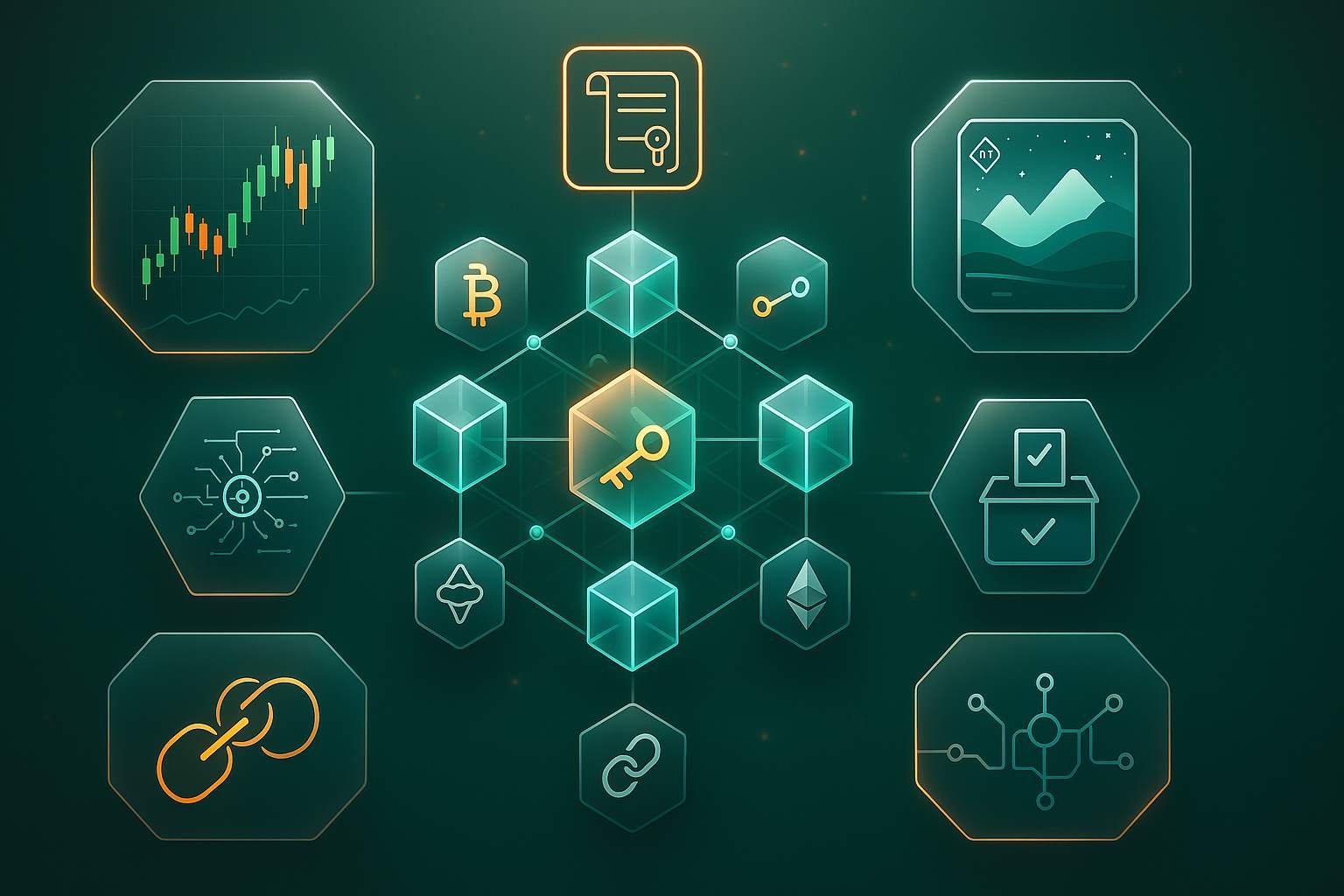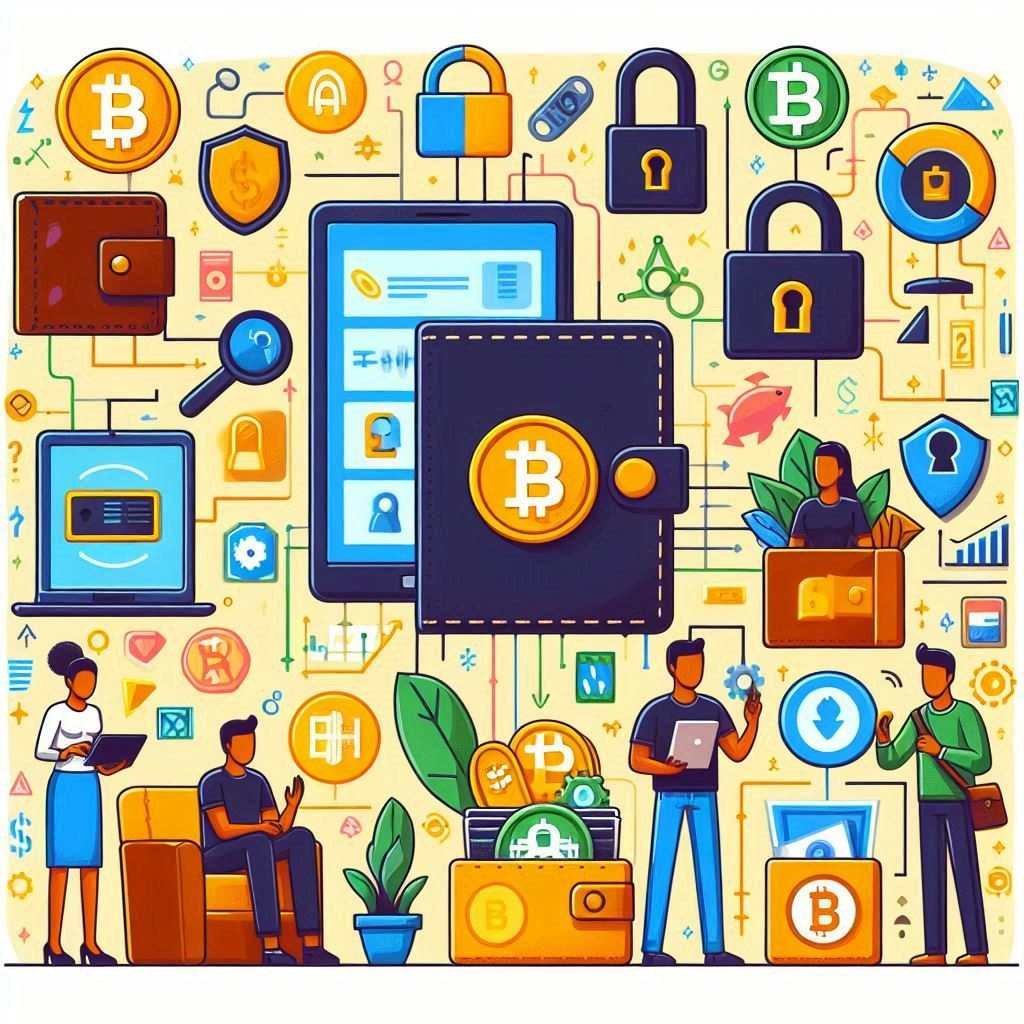Key Takeaways for Crypto Security
- Using trusted hardware wallets to store private keys can protect your crypto from online threats and hacks.
- Regularly updating devices and enabling two-factor authentication (2FA) helps secure your crypto assets.
- Keeping seed phrases and private keys safe is crucial for accessing and recovering your cryptocurrency.
A Beginner’s Guide to Crypto Security 📖
One of the biggest advantages of cryptocurrency over traditional currencies, like the Euro or US Dollar, is the control it gives users over their digital assets.
Unlike traditional systems, where banks manage your funds and transactions, cryptocurrency is designed so only the wallet owner can access their assets. This means your crypto can’t be frozen, seized, or censored by a central authority—as long as it’s stored securely.
However, this freedom comes with responsibility. Crypto holders must protect their assets themselves, which can be challenging in an industry where theft and accidental loss are common. While buying crypto has become easier, keeping it safe is often more difficult, especially for those who aren’t tech-savvy.
How to Store Crypto Safely 🔐
Since cryptocurrencies are digital assets, there are no physical coins to lock away in a safe or bank vault.
Instead, access to your crypto is managed through digital wallets, which can be software applications or physical devices (like USB drives) that store the information needed to access your funds on the blockchain.
How Crypto Wallets Work 🤷♂️
Before exploring the types of wallets and their pros and cons, let’s understand how crypto is secured.
When you create a crypto wallet, two mathematically linked codes are generated:
- Public Key: Used to create a public wallet address, which you share to receive transactions.
- Private Key: Proves ownership of your funds and authorizes transactions.
The public key is processed through a cryptographic hashing algorithm to create a public wallet address—a fixed-length alphanumeric code that’s safe to share, much like a mailing address for receiving packages.
The private key, however, is like the key to your house. It must be kept secret, as anyone with access to it can control your funds. If you lose your private key, you lose access to your crypto permanently.
If your device (where the wallet is stored) is lost, stolen, or damaged, a seed phrase—a backup code generated when you set up your wallet—can be used to recover your funds on a new device. Like the private key, the seed phrase must be kept secure. If someone else gets it, they can replicate your wallet and steal your assets.
Crypto Security Best Practices 📋
To protect your crypto and avoid common scams, follow these essential steps:
Never Store Private Keys or Seed Phrases Digitally
Private keys and seed phrases are critical for accessing and recovering your wallet.
When backing them up, write them down on paper or use metal backup devices designed for crypto keys. Store these in a fireproof, waterproof safe, ideally bolted to the floor for extra security.
Avoid digital copies at all costs—don’t take screenshots, email them, or text them to anyone, even trusted contacts. These methods make it easy for hackers to access your sensitive information.
Limit Assets on Crypto and DeFi Platforms
Active traders and DeFi users often deposit funds on trading platforms or DeFi protocols, like liquidity pools.
Centralized platforms typically store user funds in online wallets, making them prime targets for hackers. Billions have been stolen in platform hacks due to weak security. While platforms take measures to secure funds, it’s best not to keep all your crypto in one place.
In DeFi, funds are held in smart contracts, which can have vulnerabilities or hidden backdoors that hackers—or even dishonest developers—can exploit. To reduce risk, only keep a small portion of your assets in any single DeFi protocol.
Enable Two-Factor Authentication (2FA)
Add an extra layer of security to your email and crypto accounts with 2FA. Apps like Google Authenticator generate temporary codes that refresh every few seconds, making it harder for hackers to gain access.
Like seed phrases, 2FA apps provide backup codes to recover your accounts on a new device—keep these safe too.
Don’t Disclose Your Crypto Holdings
Avoid sharing details about your crypto holdings, whether online or in public conversations. Revealing your assets can make you a target for criminals. Even high-profile crypto influencers have been hacked or targeted after disclosing their holdings. In extreme cases, individuals have been held hostage and forced to surrender their crypto.
Types of Crypto Wallets
Crypto wallets fall into two main categories:
Hot Wallets
Hot wallets are always connected to the internet, such as browser-based wallets like MetaMask or software wallets like Exodus.
Their constant connectivity makes them convenient—you can check balances and send or receive crypto with a single click. However, this comes with a downside: their private keys are stored online or on your device, making them vulnerable to cyberattacks.
Hackers often use phishing emails, malware, or fake websites posing as legitimate platforms to steal private keys from hot wallets.
Cold Wallets
Cold wallets are physical devices, like those made by Ledger or Trezor, that stay offline unless manually connected to a computer.
Since they’re disconnected from the internet most of the time, they’re far more secure—hackers would need physical access to the device to attempt a theft. However, they’re less convenient for frequent transactions, as you need to connect the device each time you want to transfer funds.
Always buy cold wallets directly from the manufacturer, as second-hand or tampered devices on the secondary market have led to fund losses.
Cryptocurrency Security Threats ⚠️
Even after buying and storing crypto, your assets aren’t automatically safe. The unregulated nature of crypto makes it a target for scammers and hackers.
Educating yourself about common scams can help you avoid them. Most crypto scams fall into three categories:
Crypto Giveaways
These scams are common on platforms like X and YouTube, where fake accounts impersonate celebrities or influencers. They promise to double any crypto you send to a specific wallet address. In reality, the funds are stolen, and nothing is returned. Scammers often create fake accounts pretending to be “successful” participants to make the scheme seem legitimate.
Phishing Emails
Data breaches at crypto companies—like those at OpenSea or Ledger—have exposed user information, such as email addresses. Scammers use this data to send fake emails posing as official sources, asking you to resubmit sensitive details or click malicious links that install malware to steal your wallet keys.
Ponzi Schemes
Crypto’s volatility attracts investors seeking quick profits, making it a breeding ground for Ponzi schemes. These scams promise high returns with little effort, often using professional-looking websites to appear legitimate.
Always research before investing: Can you identify the team? Are their social media profiles public? Is their profit mechanism clear? Can you withdraw funds easily? A notorious example is Bitconnect, which stole over $1.5 billion between 2016 and 2019, despite a polished website—its core team was anonymous, and its “trading bot” was never verified.
Article Title
At CryptoAnalyzes, we’re here to help you navigate the crypto world with confidence. For VIP analysis services, in-depth trading insights, and personalized strategies, visit Cryptoanalyzes. Want to explore more educational content? Check out our CryptoAnalyzes blog for the latest articles.




















